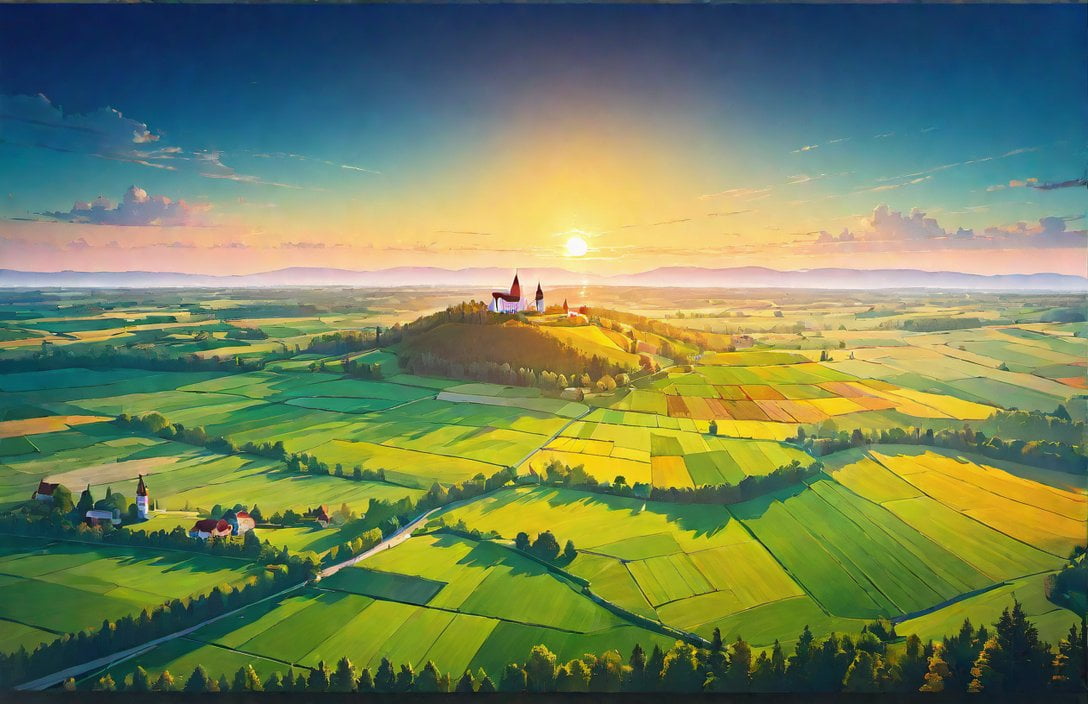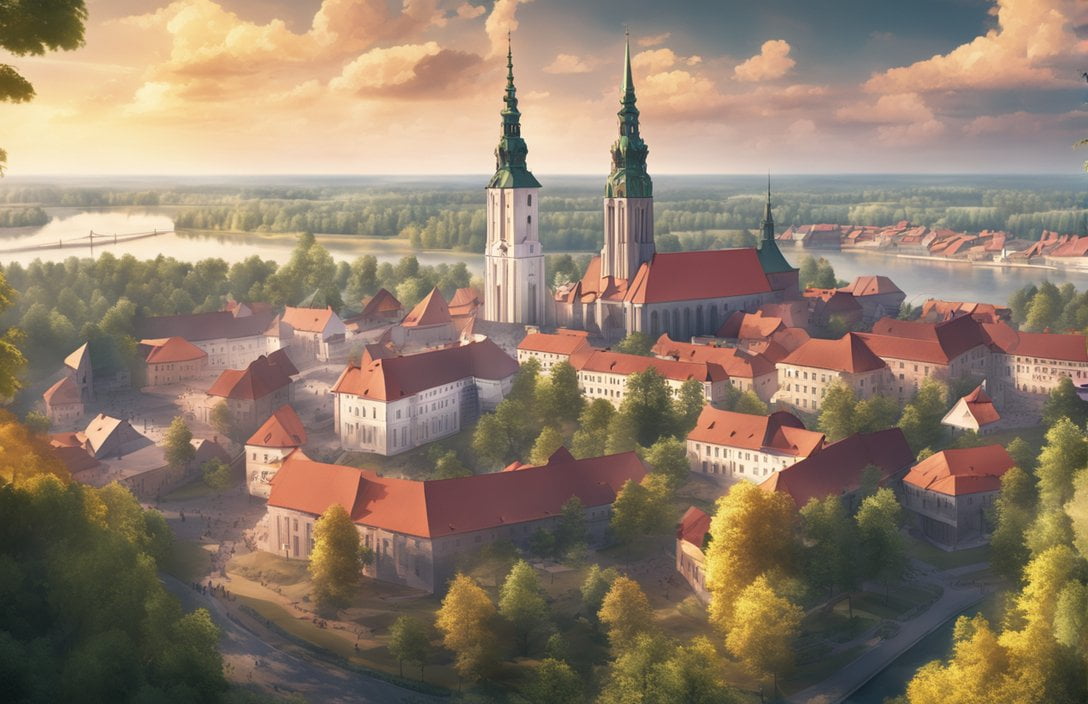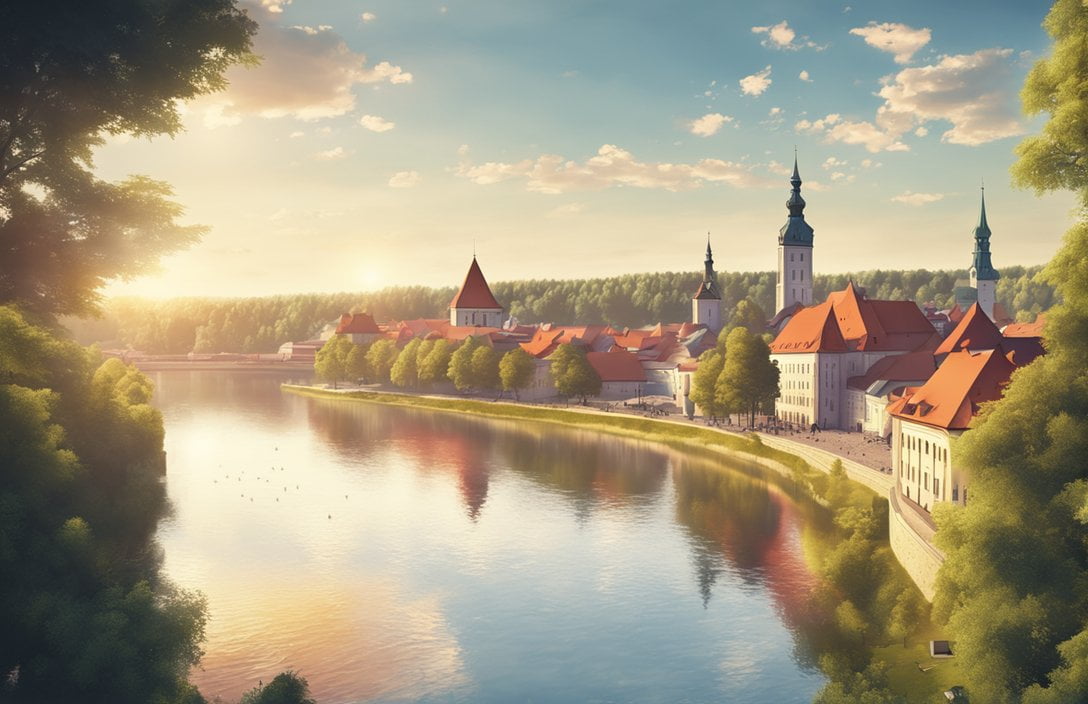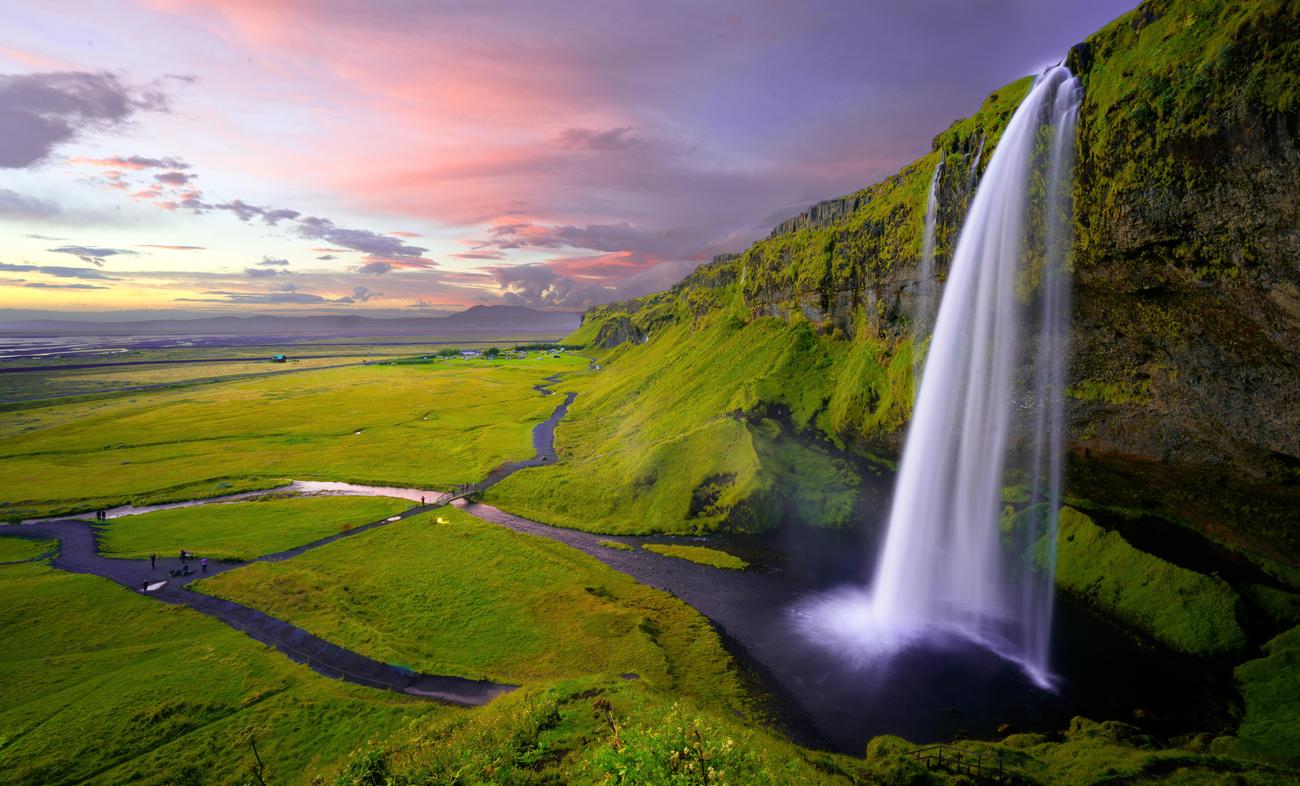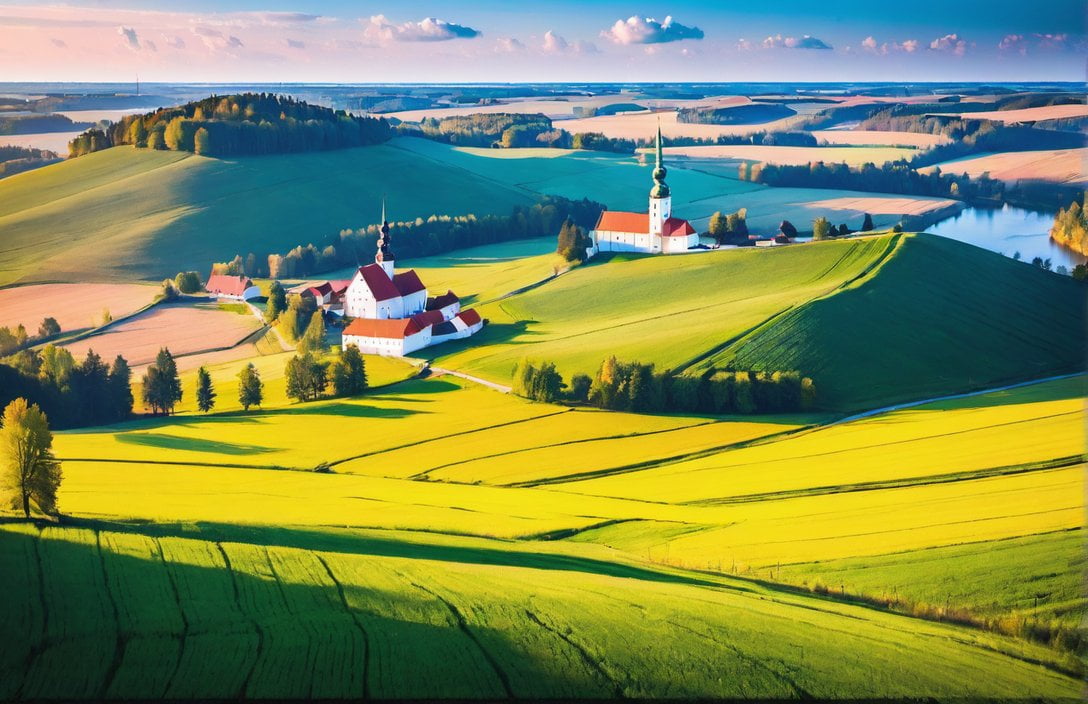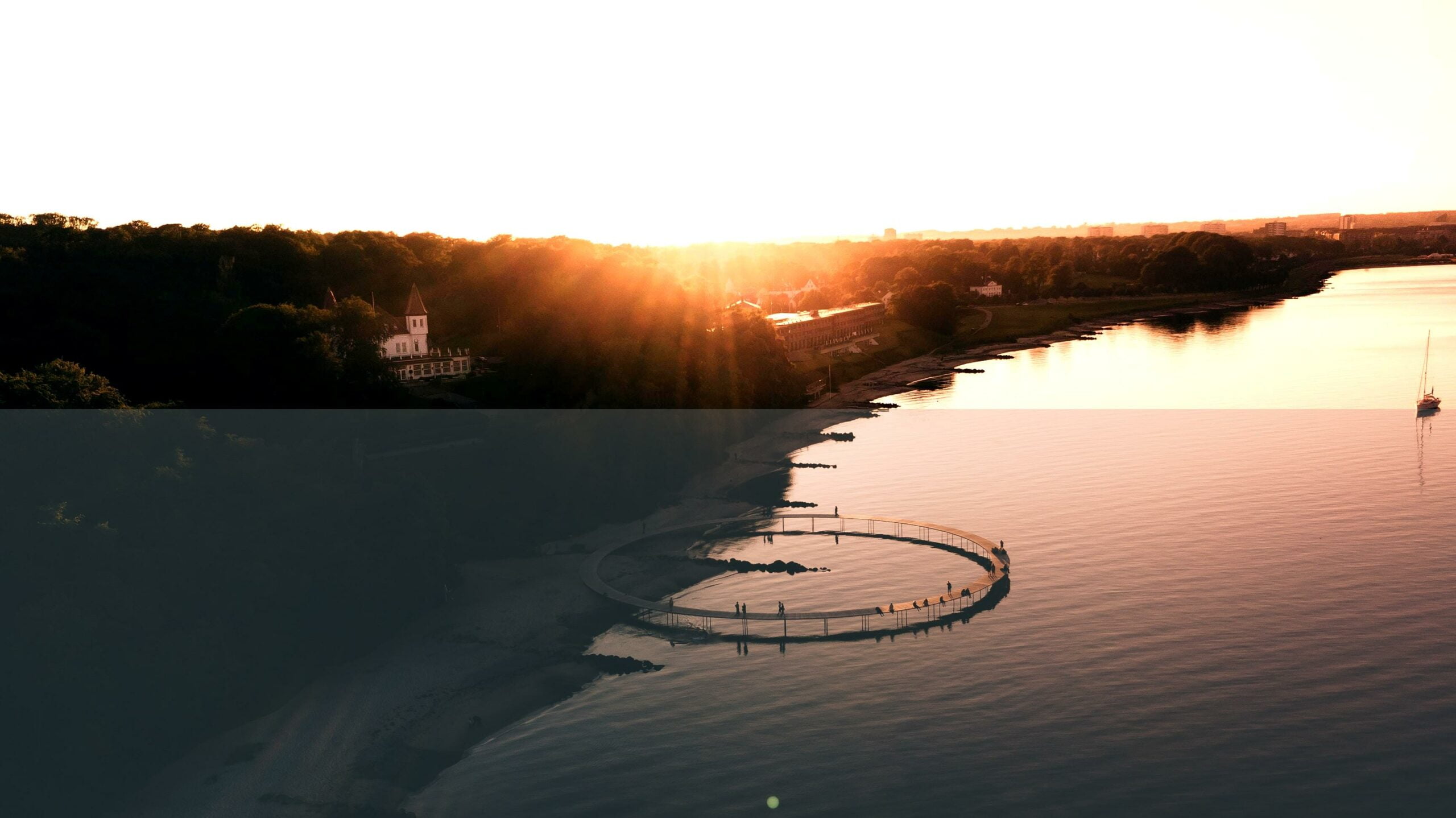If you are curious about the rich heritage and remarkable achievements of the Lithuanian people, then you are in for a treat. In this compelling article, we will delve into fascinating facts about Lithuanians, exploring their identity and accomplishments. Prepare to be captivated as we uncover the unique characteristics, impressive historical milestones, and cherished customs that define this remarkable ethnic group. From their thriving cultural traditions to their contributions to various fields, Lithuanians have left an indelible mark on the world stage. Join us on this enlightening journey as we unravel the intriguing tapestry of Lithuanian culture and history.
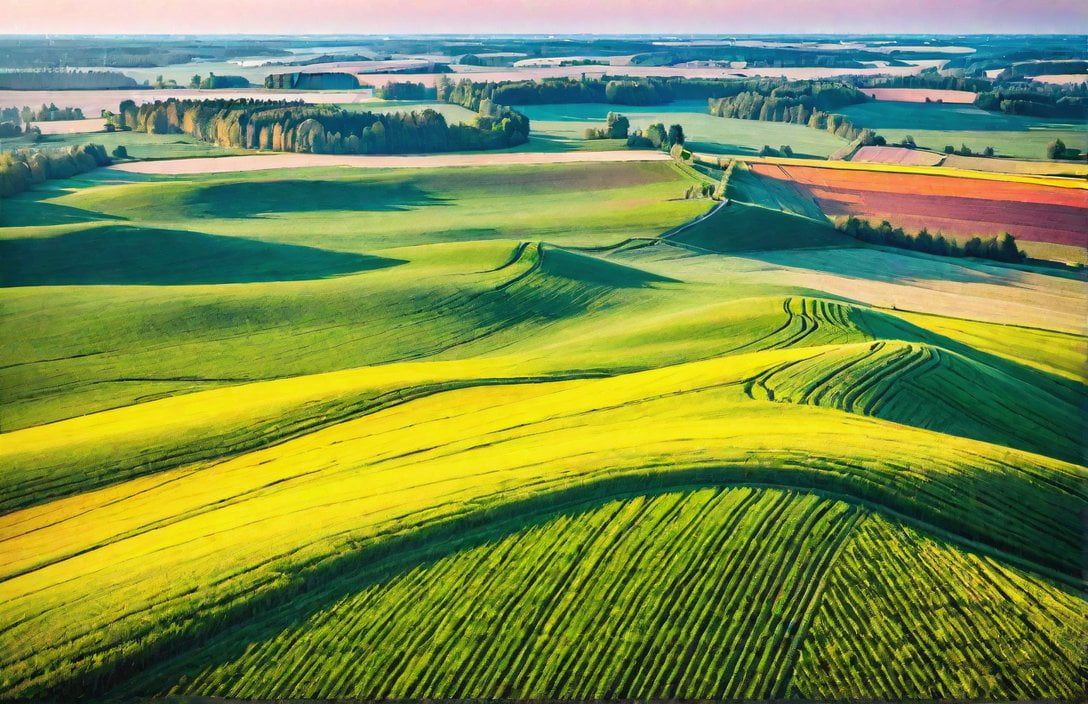
Key Takeaways:
- Lithuania was the first Soviet state to declare independence in 1990, leading to the dissolution of the Soviet Union.
- Lithuanian is the oldest surviving Indo-European language, with a history dating back over 5,000 years.
- Lithuania is known for its high-speed Internet access, ranking among the top countries in the world.
- In the 15th century, Lithuania was the largest state in Europe.
- The capital city of Vilnius boasts one of the largest Old Towns in Europe, a UNESCO World Heritage Site.
- Lithuania is home to the Curonian Spit, Europe’s largest stretch of dunes along the Baltic Sea coast.
Facts About Lithuanians
Lithuania: A Trailblazer in Europe and Beyond
Lithuania, a nation with a rich and captivating history, has left an indelible mark on the world. As we delve into the fascinating world of Lithuanians and their remarkable accomplishments, we uncover a treasure trove of intriguing facts that illuminate their identity and achievements.
1. The Birthplace of Independence
In 1990, Lithuania made history as the first Soviet state to declare independence, setting in motion the eventual disintegration of the Soviet Union. This landmark event not only symbolized the resilience and determination of the Lithuanian people but also played a pivotal role in reshaping the geopolitical landscape. With their unwavering spirit, Lithuanians paved the way for the freedom of neighboring nations.
2. Ancient Language, Enduring Legacy
Lithuanian, the oldest surviving Indo-European language in the world, boasts an ancestry dating back over 5,000 years. A true linguistic marvel, it remains one of only two Baltic languages still spoken today. Through this ancient tongue, Lithuanians preserve a connection to their ancestors and carry forward a vibrant cultural heritage.
3. Technological Trailblazers
Lithuania’s commitment to progress is evident in its technological advancements. It proudly claims one of the highest rates of high-speed Internet access in the world. With an unwavering dedication to innovation and a forward-thinking mindset, Lithuanians have thrived in the digital age, placing them at the forefront of the global connectivity revolution.
4. A Grandeur of the Past
During the 15th century, Lithuania held the title of the largest state in Europe, a testament to its political influence and territorial magnitude. This era marked a golden age for the nation, showcasing its power, prestige, and cultural richness. The legacy of this grandeur can still be felt today, as Lithuania continues to embrace its glorious past while forging a path towards a remarkable future.
5. A Majestic Capital
Vilnius, the vibrant Lithuanian capital, boasts one of the largest Old Towns in Europe, earning it the prestigious distinction of being a UNESCO World Heritage Site. Stepping foot into this enchanting corner of the city feels like entering a living museum enriched with stunning architecture, captivating cobblestone streets, and a palpable sense of history. Vilnius embodies the essence of Lithuanian culture, offering a captivating glimpse into the nation’s soul.
6. Nature’s Masterpiece
Lithuania is home to an awe-inspiring natural wonder: the Curonian Spit. Stretching along the coast of the Baltic Sea for 98 kilometers, these majestic dunes form the largest accumulation of sand in Europe. Sitting at the intersection of land and sea, this breathtaking landscape captivates visitors with its ethereal beauty and reminds us of the awe-inspiring power of nature. The Curonian Spit stands as a testament to Lithuania’s diverse and stunning natural heritage.
These captivating facts about Lithuanians unearth the extraordinary depth of their identity and accomplishments. From leading the charge for independence to preserving a unique language, Lithuania’s profound contributions to history, technology, culture, and nature make it a remarkable nation worth exploring. As we immerse ourselves in the essence of Lithuanian heritage, we discover a symphony of triumphs and an enduring legacy that continues to inspire and captivate the world.
Sources:
- Facts about Lithuania – 10 Fascinating Facts Lithuania
- 27 Interesting Facts About Lithuania – Enjoy Travel
Here are some captivating sentences with active internal links:
- Facts about Lithuania will surprise you and make you appreciate this beautiful Baltic country even more!
- Discover intriguing facts about Samoan culture and traditions that will leave you amazed and inspired.
- Explore the fascinating world of Lithuania fun facts and get ready to be captivated by this enchanting country.
- Dive into the captivating world of facts about Tasmania and unravel the hidden gems of Australia’s island state.
- Uncover the most interesting facts about Lithuania that will make you fall in love with this vibrant nation!
Start your journey today by clicking on these links and delve into the intriguing facts about Lithuania, Samoan, Tasmania, and more.
Notable Achievements and Contributions of Lithuanians
Lithuanians have made significant contributions in various fields, leaving lasting legacies and accomplishments that continue to inspire and shape the world. From literature and arts to science and politics, their impact has been remarkable. Let’s explore some of their notable achievements and contributions.
Literature and Arts
Lithuanians have a rich literary and artistic heritage, with many renowned figures leaving their mark on the world. Some notable achievements include:
- Czeslaw Milosz: A Lithuanian-born poet and author who won the Nobel Prize in Literature in 1980 for his lyrical poetry and insightful reflections on history and the human condition.
- Mikalojus Konstantinas Ciurlionis: A celebrated composer and painter, Ciurlionis created a unique fusion of visual art and music, becoming a pioneer of abstract art in the early 20th century.
- Juozas Miltinis: A legendary theater director and founder of the Panevezys Drama Theater, Miltinis revitalized Lithuanian theater by introducing innovative staging techniques and productions.
Science and Innovation
Lithuanian scientists and inventors have made significant contributions to various scientific fields, pushing the boundaries of knowledge and innovation. Here are a few notable achievements:
- Kazimieras Semenavicius: A prominent 16th-century mathematician and astronomer known for his groundbreaking work in trigonometry and cartography.
- Vilius Matulaitis-Matulevicius: A Lithuanian physician and one of the pioneers of radiology, Matulaitis-Matulevicius contributed to the development of X-ray technology and its applications in medicine.
- Dr. Aivaras Ratkevicius: A leading biotechnology researcher, Dr. Ratkevicius specializes in studying the molecular mechanisms of muscle aging and developing strategies to promote healthy aging.
Politics and Diplomacy
Lithuanians have played influential roles in shaping political landscapes and advocating for freedom and democracy. Notable achievements include:
- Vytautas Landsbergis: As the first post-Soviet President of Lithuania, Landsbergis played a pivotal role in the country’s independence movement and its transition to a democratic state.
- Antanas Valionis: A prominent diplomat and politician, Valionis served as Lithuania’s Minister of Foreign Affairs and made valuable contributions to strengthening Lithuania’s international relations and integration with Western institutions.
- Dalia Grybauskaite: The first female President of Lithuania, Grybauskaite was known for her strong leadership and commitment to fighting corruption, promoting transparency, and defending Lithuania’s interests on the international stage.
Implementing their knowledge and expertise, Lithuanians have left a lasting impact in various fields, enriching our global society with their accomplishments and contributions. Their legacy continues to inspire future generations and serves as a testament to the remarkable achievements of the Lithuanian people.
Key Takeaways:
– Lithuanians have made notable contributions in literature, arts, science, and politics.
– Czeslaw Milosz, Mikalojus Konstantinas Ciurlionis, and Juozas Miltinis are celebrated figures in Lithuanian literature and arts.
– Kazimieras Semenavicius, Vilius Matulaitis-Matulevicius, and Dr. Aivaras Ratkevicius have made significant contributions to science and innovation.
– Vytautas Landsbergis, Antanas Valionis, and Dalia Grybauskaite have played influential roles in politics and diplomacy.
Sources:
– True Lithuania – Most Famous Lithuanians: Past and Today
– Wikipedia – Lithuanians
The Unique Language and Linguistic Features of Lithuanians
Did you know that the Lithuanian language is one of the oldest and most archaic living languages in the world? It is not only the official language of Lithuania but also boasts its own unique alphabet. Let’s dive into the fascinating linguistic features that make Lithuanian truly unique.
Highly Inflected and Dual Number:
Lithuanian is a Baltic language that has retained many ancient features. One of its notable characteristics is its highly inflected nature. This means that words can change their form to reflect different grammatical roles, such as subject, object, or possessive. Additionally, Lithuanian is one of the few languages that possesses a dual number, which means it has distinct forms for referring to two items or people.
Rich Vocabulary and Folklore:
The language is known for its rich vocabulary and expressive words. It has influenced Lithuanian folklore and literature through its unique and descriptive expressions. The Lithuanian people take pride in their language, which has played a significant role in preserving their cultural heritage.
Ancient Linguistic Structure:
Lithuanian has retained many features of the Proto-language, making it a linguistically ancient language. Its structure has similarities to ancient Latin, Greek, and even the classical Indian language Sanskrit. This connection to ancient languages adds depth and historical significance to the Lithuanian language.
Names and Last Names:
If a Lithuanian woman chooses to take her husband’s last name when getting married, the ending ‘-ienė’ is added to her last name. This tradition reflects the importance placed on familial bonds and respect for the cultural heritage of both individuals.
Longest Word and Early Literature:
Lithuanian is also known for its impressive vocabulary, as evidenced by the longest word in the language, which has a staggering 37 letters. Furthermore, the Catechism was the first book written in Lithuanian, showcasing the significance of literature in preserving the language and sharing knowledge.
A Fusion of Cultures:
The Lithuanian language, while unique, is also influenced by its historical and cultural surroundings. Lithuanian culture encompasses Nordic influences and Christian traditions, resulting in a distinctive blend that adds to the richness of the language.
The Lithuanian language stands as a testament to the resilience and cultural identity of the Lithuanian people. Its ancient linguistic features, expressive vocabulary, and fusion of cultural influences make it a fascinating subject of exploration.
Key Takeaways:
- The Lithuanian language is one of the oldest and most archaic living languages in the world.
- It is highly inflected and boasts a dual number, distinguishing it from many other languages.
- The language has a rich vocabulary, which is reflected in Lithuanian folklore and literature.
- Lithuanian has a unique linguistic structure and shares similarities with ancient Latin, Greek, and Sanskrit.
- Lithuanian naming conventions reflect familial bonds and cultural heritage.
- The language is home to the longest word with 37 letters and holds a prominent place in early literature.
- Lithuanian culture encompasses Nordic influences and Christian traditions, contributing to the uniqueness of the language.
Source:
1. The Culture Trip
Modern-day demographics and global diaspora of Lithuanians
Lithuanians have a proud and resilient history, marked by both triumph and adversity. In the 1940s, Lithuania faced occupation by the Soviet Union and witnessed the devastating effects of genocide. These harrowing circumstances forced many Lithuanians to flee their homeland in search of safety and a better future. This mass migration resulted in the emergence of a global diaspora of Lithuanians, scattered across various countries.
Approximately 60,000 to 80,000 individuals successfully escaped Lithuania in 1944 during what is known as the Second-Wave-proper. These brave migrants, also known as Displaced Persons (DPs), were primarily driven by the goal of eluding Soviet troops and finding refuge in areas where they were not present. Most of these Lithuanian DPs initially believed that the war would eventually end and they would be able to return to their homeland and experience restored independence.
The Lithuanian diaspora can be found in multiple countries around the world. Among the notable destinations where Lithuanian communities have established themselves are the United States, United Kingdom, Brazil, Russia, and Canada. It is estimated that the Lithuanian diaspora currently consists of around 2 million people, each connected by their cultural heritage and shared sense of identity.
Recognizing the significance of their diaspora, the Lithuanian government has implemented the “Global Lithuania” program. The aim of this initiative is to strengthen the bond between Lithuanians living abroad and their country of origin, as well as promote active engagement of the diaspora. Through this program, efforts are made to establish connections, collaborate on various projects, and facilitate the exchange of knowledge and experiences between Lithuania and Lithuanians abroad.
In conclusion, the modern-day demographics and global diaspora of Lithuanians tell a story of resilience and determination. Despite the challenges faced in their homeland, Lithuanians have managed to preserve their cultural heritage and create vibrant communities around the world. The global Lithuanian diaspora continues to contribute to the rich tapestry of diverse cultures, while maintaining a strong connection to their roots.
Key Takeaways:
- Lithuania witnessed a mass migration of Lithuanians in the 1940s due to occupation and genocide by the Soviet Union.
- The Lithuanian diaspora can be found in various countries, including the United States, United Kingdom, Brazil, Russia, and Canada.
- The diaspora is estimated to consist of around 2 million people, each united by their Lithuanian heritage.
- The “Global Lithuania” program aims to strengthen ties between Lithuanians abroad and their country of origin, promoting diaspora engagement and collaboration.
Sources:
– True Lithuania: Lithuanian diaspora: countries, numbers, waves
– Wikipedia: Lithuanians
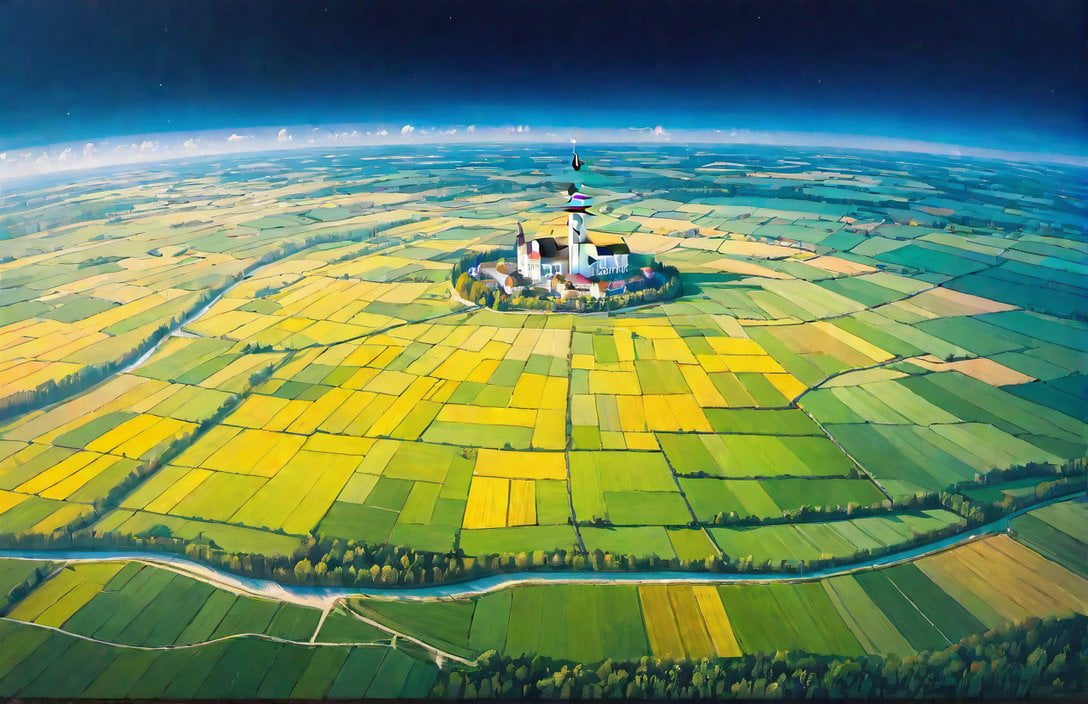
FAQ
Q1: What is the significance of Lithuania’s declaration of independence in 1990?
A1: Lithuania’s declaration of independence in 1990 marked the first Soviet state to break away from the Soviet Union, effectively initiating the end of the Soviet era. This historic event holds immense importance in shaping Lithuania’s identity and its journey towards establishing itself as a sovereign nation.
Q2: How old is the Lithuanian language, and what makes it unique?
A2: The Lithuanian language is considered to be the oldest surviving Indo-European language in the world. It can be traced back over 5,000 years and is currently one of only two Baltic languages spoken globally. The language is highly inflected, features a dual number, and has retained many ancient linguistic features, making it distinct and fascinating.
Q3: What are some notable cultural achievements of Lithuania?
A3: Lithuania boasts a rich cultural heritage, influenced by European Christian culture and Nordic cultural aspects. The Lithuanian language, with its ancient roots, folklore, and literature, is a notable cultural accomplishment. Additionally, the preservation of traditions and Christian traditions are significant contributors to Lithuania’s cultural identity.
Q4: Can you provide information about Lithuania’s historical significance and accomplishments?
A4: Lithuania has a storied history, dating back thousands of years to ancient settlements. In the 13th century, the Grand Duchy of Lithuania was established and became a prosperous and lasting state. Lithuania experienced periods of occupation, such as by Russia and Germany during World War II, followed by incorporation into the U.S.S.R. Gaining independence in 1990 marked a notable accomplishment for Lithuania.
Q5: How does Lithuania’s diaspora contribute to its identity?
A5: The Lithuanian diaspora, estimated to be around 2 million people, plays a significant role in shaping Lithuania’s identity. Lithuanians scattered across various countries, including the United States, United Kingdom, Brazil, Russia, and Canada, have formed communities that foster a sense of connection and promote diaspora engagement. The Lithuanian government’s “Global Lithuania” program aims to strengthen ties between Lithuanians living abroad and their country of origin.
- HelpCare Plus: Revolutionizing Affordable and Accessible Healthcare - December 29, 2024
- Boom & Bucket: Your Digital Marketplace for Used Heavy Equipment - December 28, 2024
- Ankle Bones Crossword Clue: Solutions, Tips & Anatomical Insights - December 28, 2024
